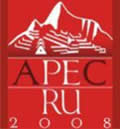United Kingdom
| Welcome |
| Peru in Brief |
| History |
| Geography |
| Government & Politics |
| Maritime delimitation between Peru and Chile |
| News |
Links |
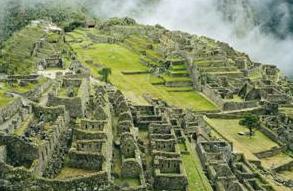 |
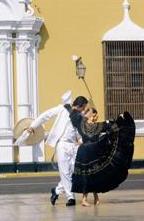 |
||
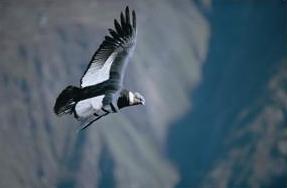 |
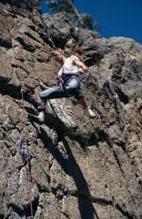 |
||
Peru is an extraordinary and wonderful country. Its multiethnic and multicultural society offers the visitor a unique variety of cultural expressions that include its folkloric traditions, popular art, and of course, its outstanding cuisine. Peru possesses also a vast archaeological heritage, monuments and natural protected areas. |
|||
Peru’s unique geography, encompasses one of the richest seas, driest deserts, a major mountain range -the Andes- and the Amazonian rain forest. It also boasts the world’s record in terms of ecological life zones, as it has 84 of the 101 zones listed in the Holdridge classification. This makes Peru one of the most bio-diverse countries in the world, and for this reason almost an unparalleled destination for eco-tourism. There are superb opportunities for surfing, river-rafting, hiking, mountain and rock climbing, and most forms of adventure tourism. Adventure-lovers will find the Andes to be ideal for trekking, camping and mountain climbing. |
|||
The highlands are riddled with more than 15,000 lakes, snow-capped peaks soaring over 6,000 meters, deepest canyons, bucolic valleys and picturesque villages. The entire Andean chain offers unparalleled opportunities for white-water rafting, trails for mountain biking and gusting winds for fans of hang-gliding and parapente. The beaches of Paracas and those along the Peruvian north coast are ideal for sports such as surfing, windsurfing, sandboard, fishing and scuba diving. There is also good fishing in the Amazon jungle, where birdwatchers will also have a field day. |
|||
Peru is perceived mainly as a historic-archaeological destination, with Machu Picchu, Lake Titicaca and the Nazca Lines as main tourist attractions. Areas of interest for tourists, besides the historic-archaeological sites, are also ecotourism, adventure travel and mystical tours. However the emblematic characteristics of our country are far away from being known worldwide. There is great potential for the development of the tourist industry and the services related to this area. Its multiplying effect will greatly benefit the different regions, as it is a dynamic agent in the process of decentralisation, and will generate income and jobs thus allowing the improvement on the quality of life of the population. Nowadays, tourism represents the third source of income of foreign currency after the mining industry and fishing. It is also the second source of jobs, generating more than 500,000 direct and indirect positions. |
|||
| <BACK> | |||




